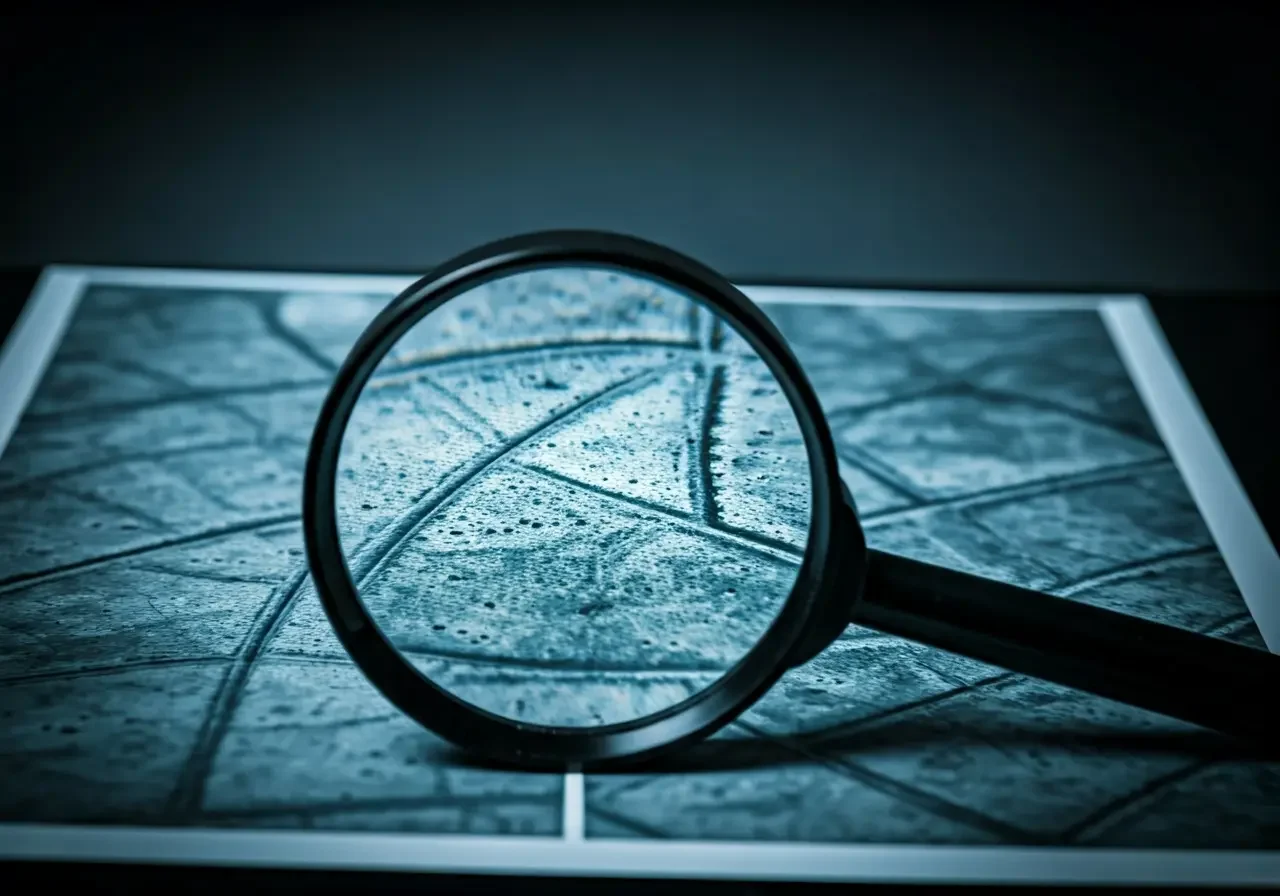The Role of Forensic Imaging in Legal Cases
Forensic imaging has become an essential tool in modern legal cases, providing critical evidence that can make or break a trial. This blog explores the significant role forensic imaging plays in the legal system, the techniques involved, and the impact it has on delivering justice.
Understanding Forensic Imaging: What It Is and How It Works
Forensic imaging is a fascinating field that merges photography with cutting-edge technology to gather and analyze evidence. At its core, forensic imaging involves capturing detailed images of crime scenes, evidence, and any elements relevant to a legal investigation. By converting these visual scenes into digital formats, professionals can scrutinize minute details that might be missed through traditional observation. Techniques like digital photography, UV imaging, and 3D modeling are employed to ensure that evidence is meticulously documented and preserved for legal examination.
Forensic imaging serves multiple purposes throughout the investigative and legal process. It aids crime scene investigators in documenting the precise condition of a scene shortly after a crime has occurred. This allows legal teams to refer back to the imagery to analyze specifics even if the physical scene has long since been altered. Furthermore, these images are pivotal during courtroom presentations where they substantiate testimonies or challenge inconsistencies in witness accounts. By introducing detailed visual evidence, jurors can better understand the intricacies of a case, thus aiding the justice process.
The Different Types of Forensic Imaging Techniques
The array of forensic imaging techniques is as diverse as it is innovative. Digital photography remains the cornerstone of forensic imaging, offering high-resolution images that capture intricate details with clarity. However, technology has broadened the scope with more advanced methods. For instance, CT scans allow forensic experts to peer inside objects or study the internal conditions of a body without any invasive procedures. This proves invaluable in understanding trauma or cause of death.
MRI, another sophisticated technique, provides comprehensive images of soft tissues, useful in injury analysis. When it comes to evaluating evidence that might be invisible to the naked eye, ultraviolet (UV) and infrared imaging come into play. They reveal latent fingerprints, trace substances, or alterations in a document by highlighting discrepancies invisible under normal lighting conditions. Each technique complements others, and the choice of method often depends on the case's specificity and demand for detail.
The Importance of Accuracy and Reliability in Forensic Imaging
The stakes linked to forensic imaging are incredibly high, making accuracy and reliability imperative. In legal proceedings, the margin for error is nonexistent; any slight mistake can result in a miscarriage of justice. Accurate imaging ensures that the evidence is a truthful representation of a scene or object, enabling legal experts to draw informed conclusions. This precision becomes especially crucial when dealing with cases involving serious crimes where every detail counts.
Reliability encompasses not only the technology used but also the human element. Practitioners must be expertly trained, equipped with the knowledge to handle, capture, and interpret forensic images with consistency. This dual focus on technology and expertise safeguards against errors like false positives, which could mislead an investigation. The process undergoes rigorous checks and protocols to maintain integrity, ensuring that imagery can withstand the scrutiny of cross-examinations in court.
Real-Life Applications: Forensic Imaging in Action
Forensic imaging has been instrumental in numerous legal cases, creating a profound impact in courtrooms across the globe. One exemplary case involves the use of digital imaging to solve a complex homicide that had gone cold. By reassessing the evidence with updated forensic imaging techniques, investigators were able to uncover previously overlooked details that pointed to the real perpetrator, resulting in a long-awaited conviction.
In another instance, advanced 3D modeling was used to recreate accident scenes, providing a vivid and detailed reconstruction for the jury. This technology proved pivotal in illustrating the sequence of events leading to the accident, thereby clarifying liability and influencing the legal outcome. These real-world applications underscore the power of forensic imaging in reinforcing the evidential chain and delivering justice efficiently.
Technological Advancements and the Future of Forensic Imaging
As technology evolves, so do the possibilities within forensic imaging. The integration of artificial intelligence (AI) promises to revolutionize this field by providing enhanced image analysis and pattern recognition capabilities. AI can process vast amounts of data faster and more accurately than human analysts, potentially reducing the possibility of human error and increasing the reliability of forensic evidence.
Emerging technologies like virtual and augmented reality are also being explored to offer more immersive ways of reliving crime scenes. These innovations can transport jurors to a meticulously reconstructed crime scene, thereby enhancing their understanding of the evidence. The future of forensic imaging is one of expanding boundaries, promising to provide even more robust support for the legal system. For those interested in the evolving field, we encourage exploring more about our services on our homepage.
The Future of Forensic Imaging in Legal Cases
Forensic imaging stands as a crucial component in the pursuit of justice. By providing reliable and detailed visual evidence, it aids legal professionals in building their cases and uncovering the truth. As technology continues to advance, the role of forensic imaging is set to become even more pivotal in the legal field. Visit our homepage to learn more about our forensic imaging services.

